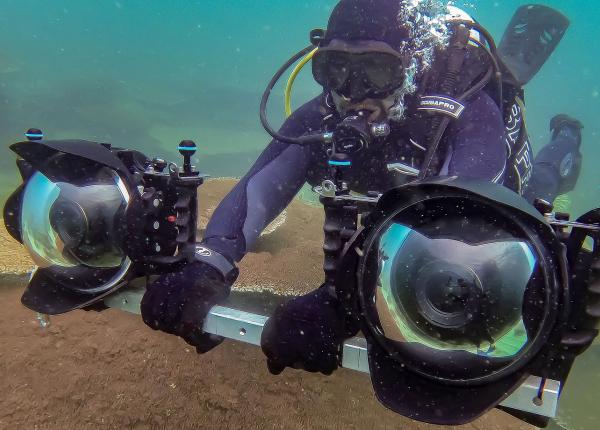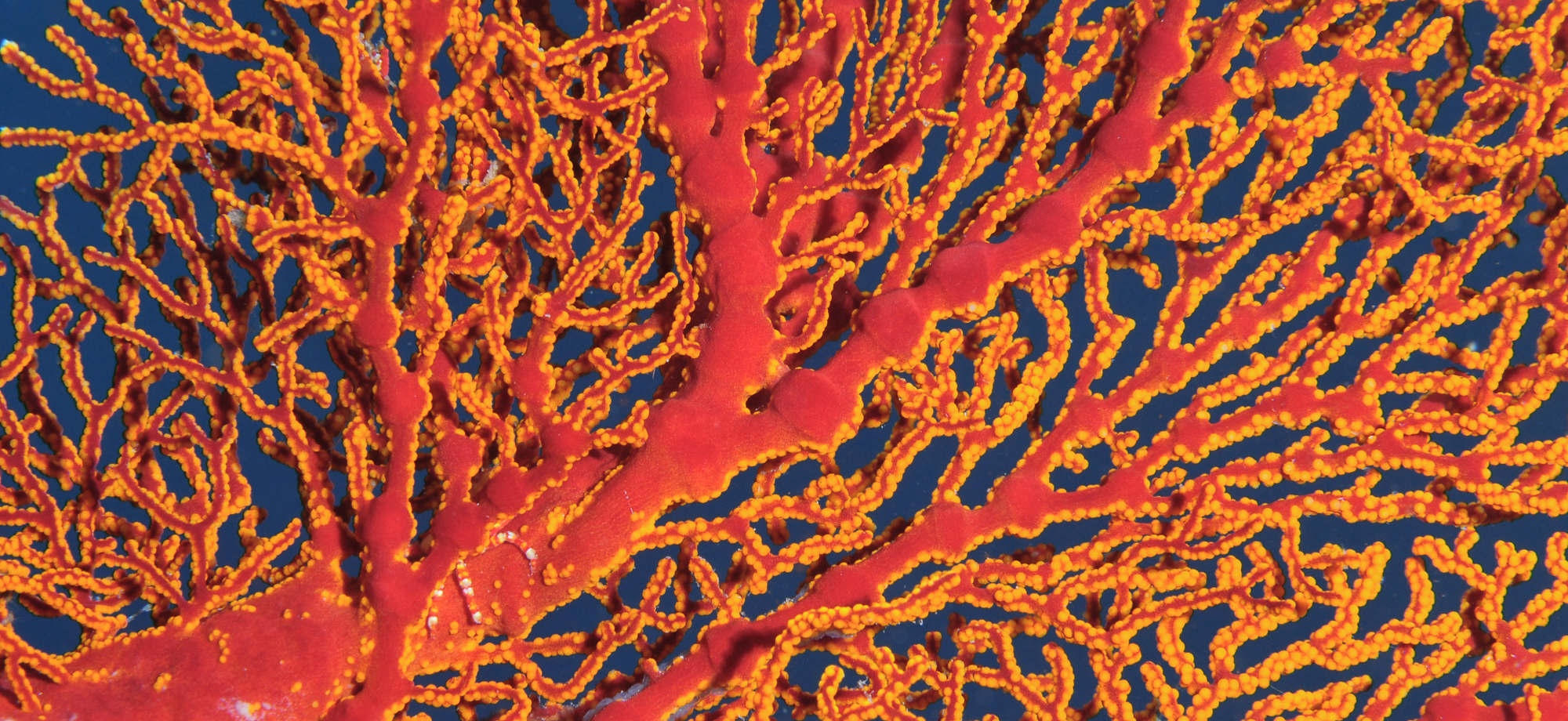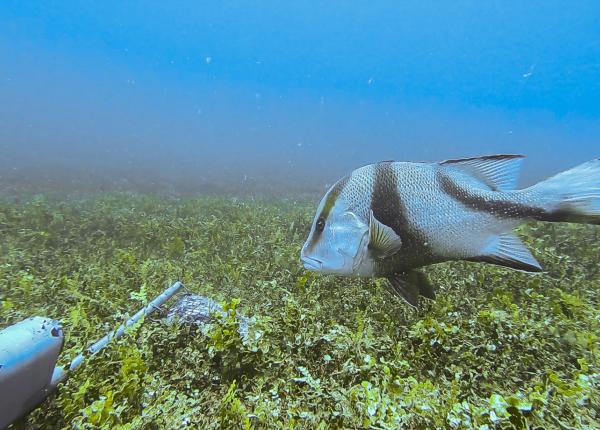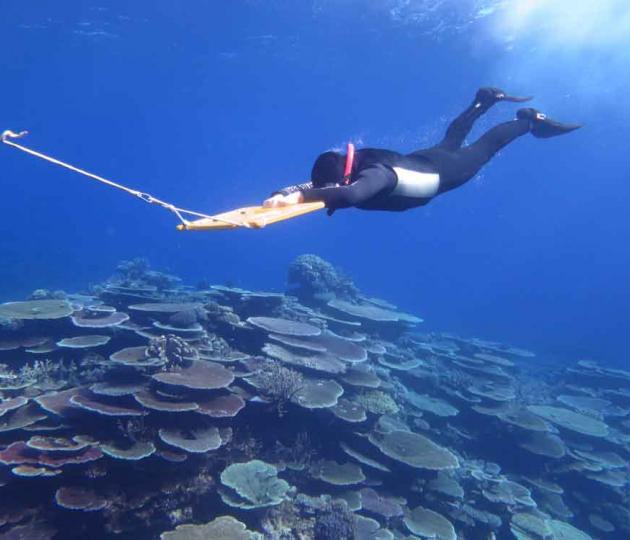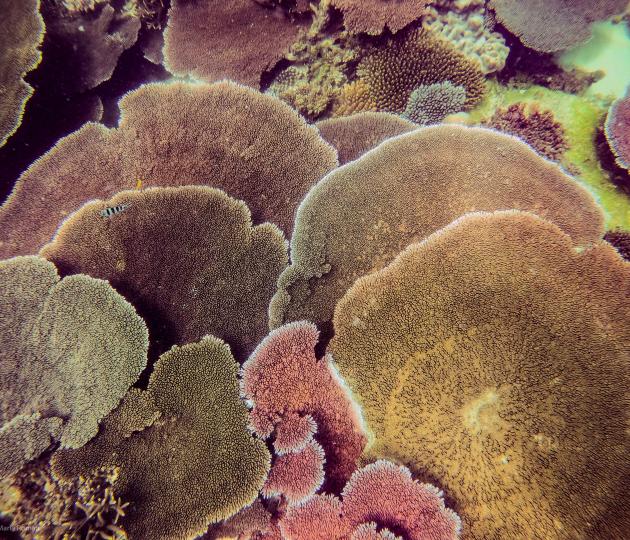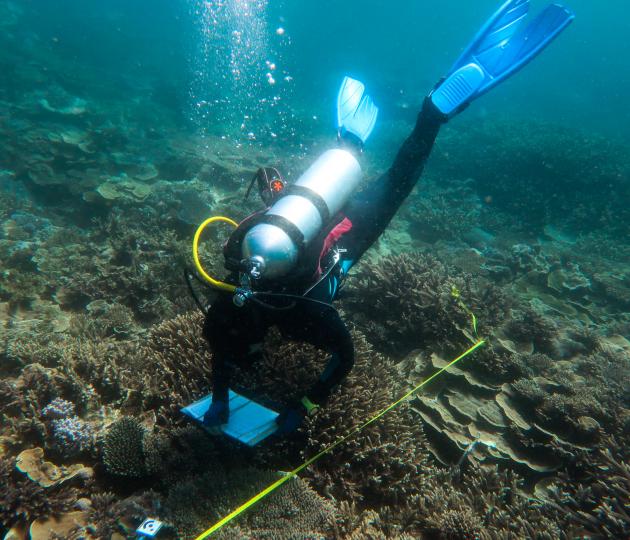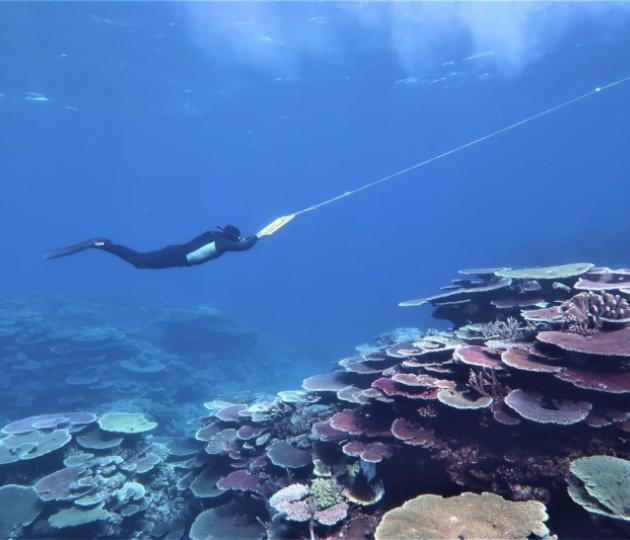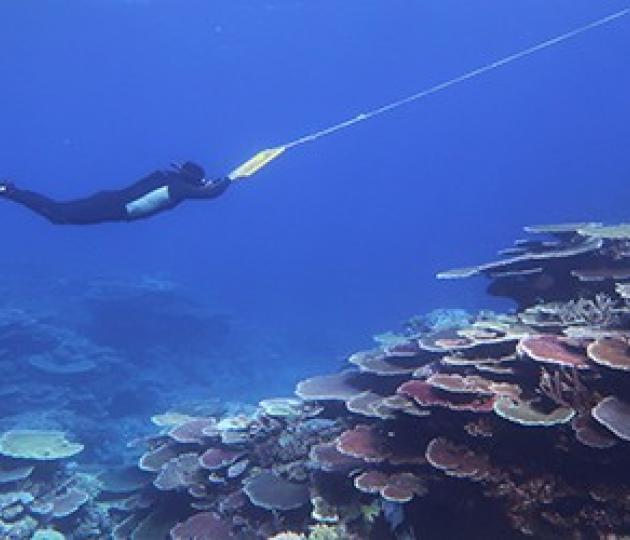Photogrammetry is the scientific technique that can not only transport you into the delicate corners and crannies of the underwater world but enable AIMS scientists to measure large sections of the Great Barrier Reef. This is accelerating their ability to help vulnerable reefs recover and adapt to a warming climate.
